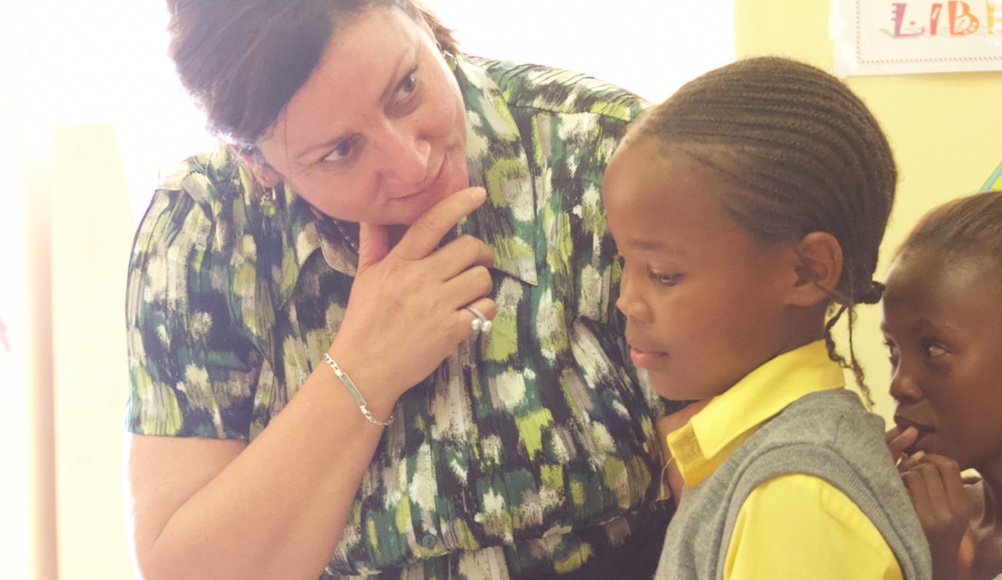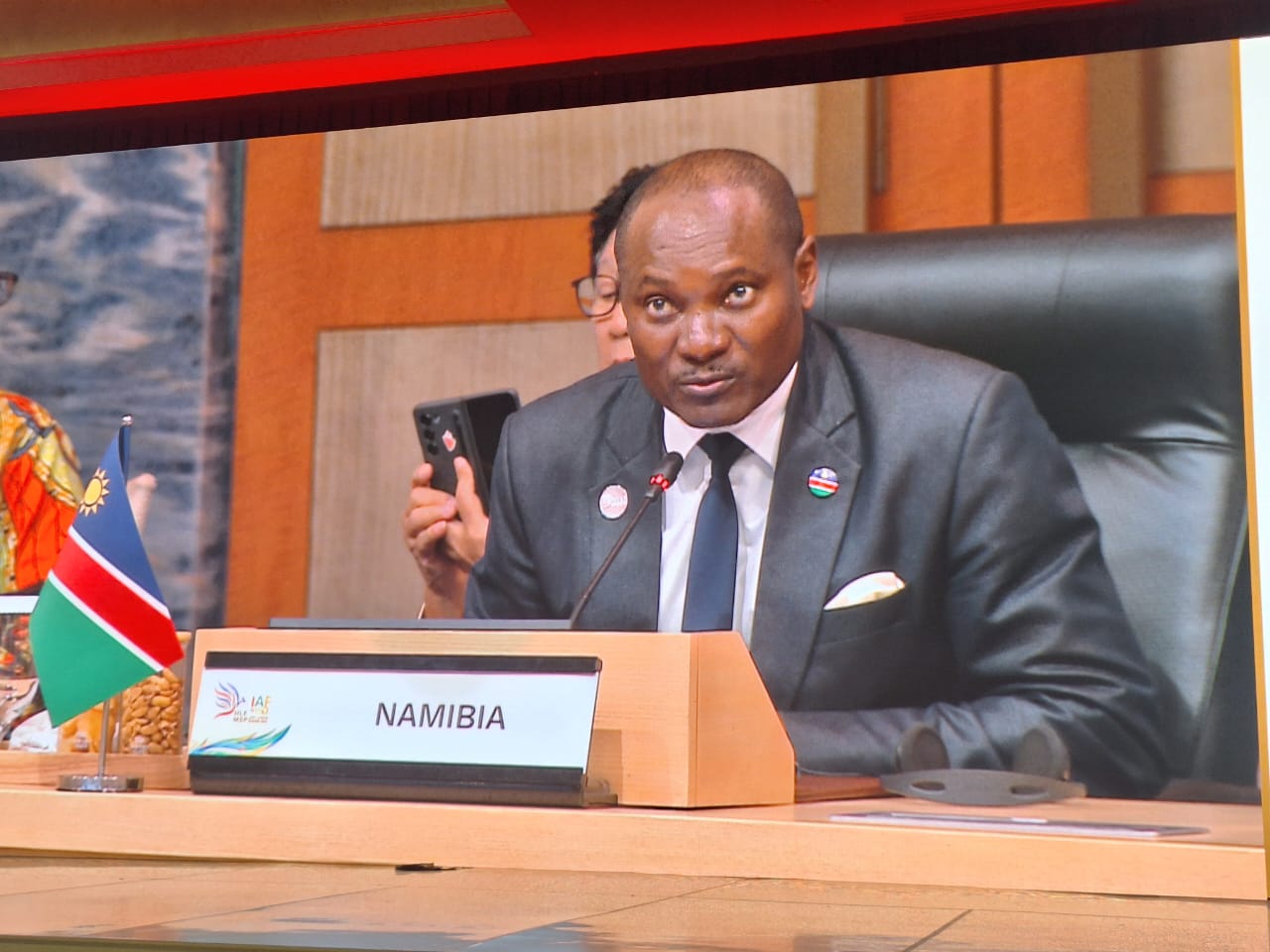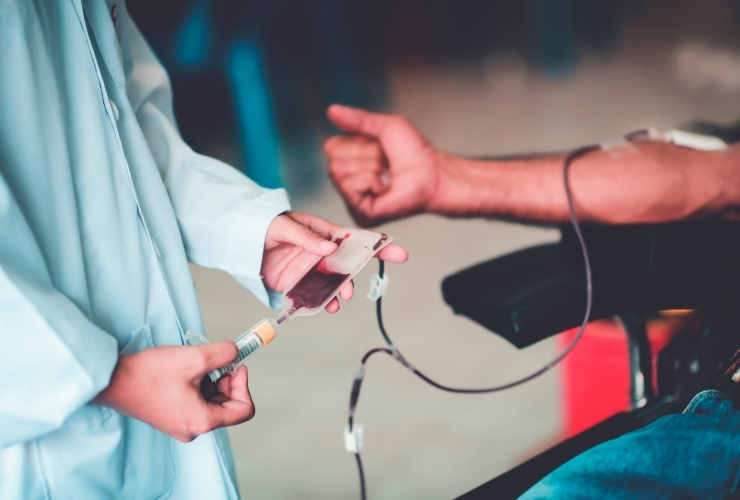The Namibian arts industry is growing. Individuals are not only moving into the art of filmmaking and music but are venturing into becoming professional photographers, sculptors, painters, printmakers and craftsmen, to name just a few.
The College of the Arts (Cota) has also seen an increase in the number of students pursuing qualifications in visual arts at a steady pace. Head of department of the Visual Art and Craft department at Cota, Nicky Marais, said that they have had about 20 graduates per year for the past five years.
More of the already established visual artists are taking a more professional, committed approach to their work and moving away from the approach of only doing it as a past time.
According to Franco Namibia Cultural Centre (FNCC) communications officer Irmi Roder, the Namibian visual arts industry is indeed doing well and artists are receiving support from the nation. She added that although the exhibitioners wish and hope to receive more visitors when a certain artist’s work is being exhibited, compared to theatre, there is more interest in visual arts.
“It is quite difficult to tell how many people come to view the work but at an opening of an exhibition, depending on the artist, we receive between 30 to 70 visitors,” she said, adding that there is indeed a good buying culture among Namibians when it comes to the work of local artists.
“Those who buy the paintings are mostly collectors and those who can afford it,” Roder said.
“There have always been discussions of taking the art to the people and not waiting for the people to go to the art, so this may be some of the reasons why there is not a bigger audience when it comes to visual arts,” Roder said, explaining why visual arts might come across as unpopular among average Namibian citizens.
National Art Gallery of Namibia director Hercules Viljoen concurred with Roder, indicating that the number of visual art lovers has increased over the years as more and more Namibians are learning to appreciate work from local artists. He added that more Namibians are buying art for collection purposes because they are starting to understand the contribution art has in their way of life and that serves as a great bonus for the visual art industry of the country.
“A wide range of Namibians are gradually building up their own art collections for enjoyment and for investment, by purchasing art selectively. These people are not only the educated or the rich, but those who enjoy the beauty of art in their homes and appreciate the way that art enriches their way of life,” Viljoen said.
He added that the support of local artists, in visual arts, also contributes to their financial well-being, which- in the end -will encourage and motivate perfection and quality in their work.
“Artists are professionals who deserve the respect that they need to make a successful living from their work. Much thought, planning, creativity and time go into artworks. Purchasing good art at an exhibition is an excellent investment, both financially and in terms of cultural capital,” he said.
Viljoen further said that the evident neglect of art education has a harmful influence.
Meanwhile, the FNCC has over recent years recorded a healthy response from art lovers when it comes to visual art exhibitions. The gallery has also seen the number of successful exhibitors growing with the sale of their work increasing.
Photographer Christian Goltz, with his January exhibition ‘Simply the Same’, has been identified by the FNCC as one of the exhibititors that has done well.
The well-known Papa Shikongeni has also established himself very well in the industry and has managed to create an international market for his work.
In his home studio, Papa Shikongeni has managed to create one of the most sought after pieces of artwork in the country.
Photographer Kari Smaage saw one third of her February exhibition, ‘Homage to My Mother’ being sold in a month. She said that she was very pleased with the sales and the outcome of people at the opening of the exhibition, adding that she has received immense support from the Namibian market.
“I received great support. A lot of people came to the opening and I am satisfied with the sale of my work,” Smaage said.
With that said, although there are some local visual artists who struggle to penetrate the market, they are all hopeful and trust that the is not only light, but a very bright light shining at the end of the tunnel.
“It may take some time but we are getting there. I have not had an exhibition yet but people buy from my home,” Petrus Salathiel, a visual artist specialising in mono colours, said. He has been drawing and painting for just under ten years.
Out of all the galleries in Namibia, the FNCC, Goethe Centre, College of the Arts gallery as well as the National Art Gallery of Namibia are among the favourites that have seen of the top artists exhibit in their space. According to NAGN PRO Selma Kaulinge, generally the gallery takes 20% of whatever the artists make from the exhibition and the artist does not have to pay for the curator as that is catered for by the gallery.
She added that although they have not had any artists sell out, some have come very close.
Art Inside, an art awareness project organised by the NAGN in collaboration with the Ministry of Youth, National Service Sport and Culture, recently called for artists to submit their work for consideration for the project. A wide selection of artwork of a high standard will be purchased for inclusion in the government collection and a subsequent installation on government premises.
The project is aimed at fostering an appreciation for visual art as an inherent part of government’s working environment, an indication of government’s much needed support of the arts industry.
Stay informed with The Namibian – your source for credible journalism. Get in-depth reporting and opinions for
only N$85 a month. Invest in journalism, invest in democracy –
Subscribe Now!






